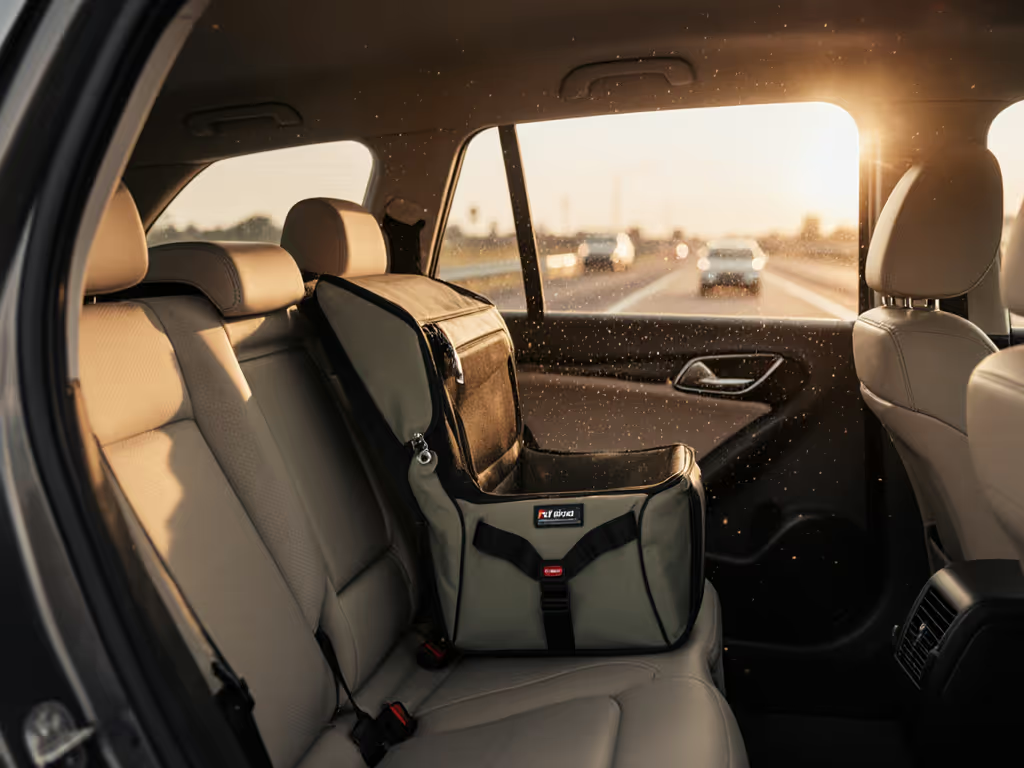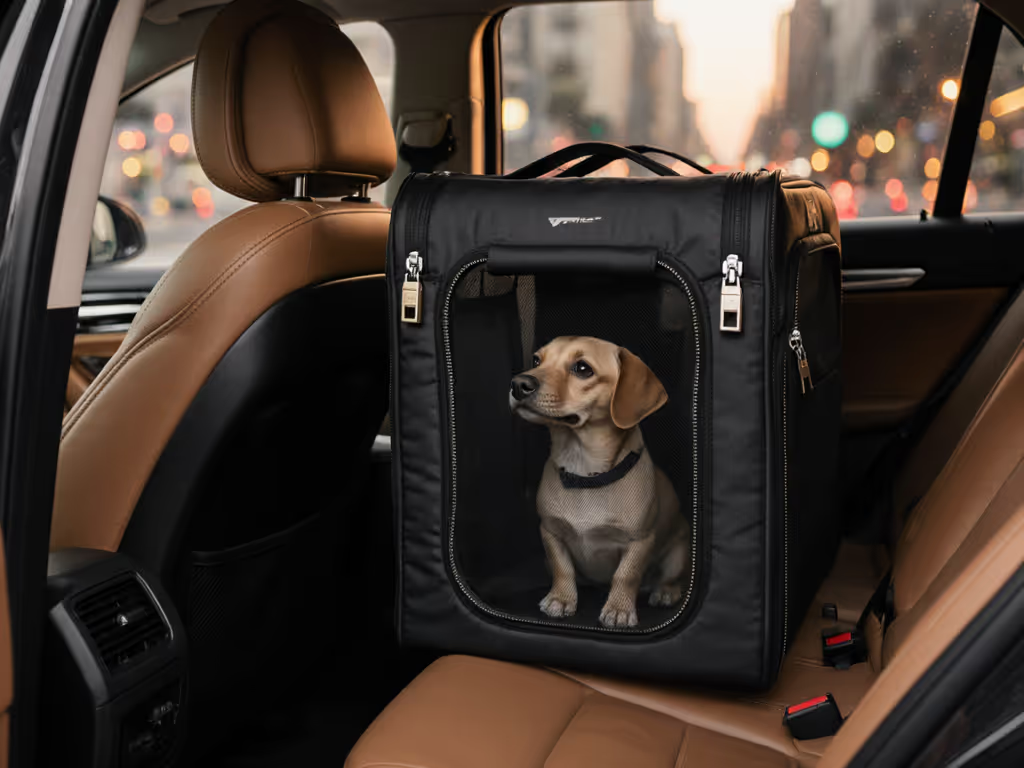
State Car Pet Carrier Laws: Road Trip Ready Guide
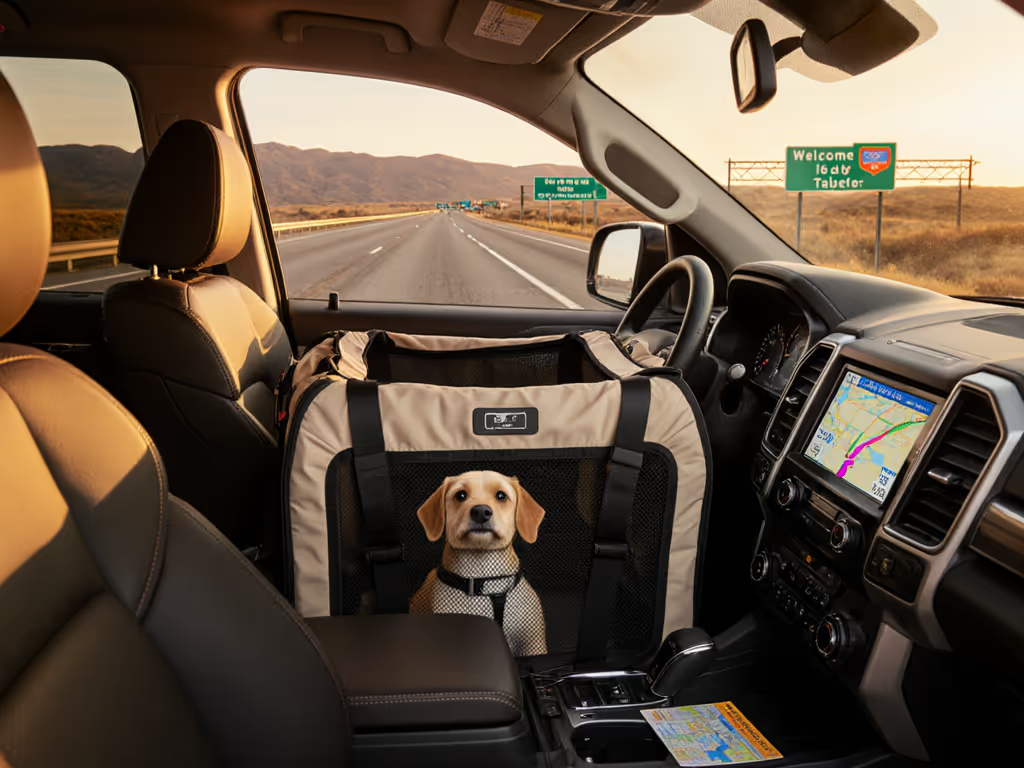
Planning a road trip with your furry co-pilot? You've researched scenic routes and pet-friendly stops, but one critical detail could derail your adventure before it begins: pet carrier travel compliance. While airline regulations grab headlines, unnoticed state car pet carrier laws quietly determine whether your journey starts smoothly, or ends with a citation. Worse, forcing a panicked pet into a carrier ignores the truth every behavior coach knows: calm begins long before you zip the door. Let's transform legal anxiety into confident travel with a temperament-aware approach.
Why "Just Strap Them In" Isn't Enough
Picture this: Your dog trembles at the sight of their carrier. You snap the harness, hoping restraint equals safety. But state laws reveal a deeper truth: they're not just about containing pets; they're about preventing distraction. When an anxious pet struggles, bites, or jumps onto your lap, you're violating distracted driving statutes in 22 states, even where no explicit pet carrier law exists. A recent analysis confirmed that unrestrained pets contribute to 20% of driver distraction incidents reported to state patrols. To reduce real-world risk, follow our car crash-tested carrier safety checklist. This isn't about bureaucracy; it's about keeping your pet's panic from risking lives.
The Legal Landscape: 3 Critical Categories
Only 3 states have explicit pet carrier or harness mandates for cars:
- Hawaii: Pets can't ride on laps; must be secured in carriers or with harnesses
- New Jersey: Requires seat belt harnesses, carriers, or barriers (fines up to $1,000)
- Rhode Island: Mandates restraints to prevent driver distraction
Meanwhile, 7 states regulate truck bed travel: California, Connecticut, Maine, Massachusetts, New Hampshire, Oregon, and Washington require crates or tethers for open-bed transport. Violations risk $500+ fines and animal endangerment charges.
The hidden trap? 22 states enforce general distracted driving laws that apply to pets. In Wisconsin, an anxious dog on your lap can trigger an "inattentive driving" citation under Statute 346.89. Colorado State Patrol bluntly states: "Pets shouldn't roam; dogs in anchored crates, cats in carriers." Ignoring this isn't just illegal; it fuels your pet's stress cycle.
State compliance isn't a cage, it is the foundation for your pet's calm.
Beyond the Law: Why Temperament Changes Everything
Legal compliance means nothing if your pet's panic overrides the carrier. I've seen guardians fail with "airline-approved" crates because they prioritized dimensions over demeanor. A carrier isn't just checked against airline height limits, it must match your pet's nervous system. That fearful shepherd who pancaked at the sight of her soft carrier? Her story taught me: match the carrier to the nervous.
The 3 Temperament Triggers Law Won't Address
-
Sensory Overload
Mesh carriers with noisy zippers or bright interiors overwhelm noise-sensitive pets. Solution: Choose sensory-friendly carriers with lockable silent zippers and removable blackout panels. Calm starts with controlling visual input. -
Confinement Panic
Forced restraint escalates panic, especially in escape-prone pets. Solution: Never use carriers only for travel. Turn them into daily retreats with familiar bedding. This is non-negotiable for state-compliant journeys. For step-by-step training, follow our guide on introducing your pet to a carrier. -
Motion Sickness
Poor ventilation or unstable positioning worsens nausea. Solution: Position carriers facing backward (reducing visual motion) with airflow from behind the pet, not blowing directly on them.
Your Roadmap to Stress-Free, Legal Travel (In 3 Phases)
Forget last-minute scrambles. True compliance is built weeks before departure through graduated exposure. This stepwise plan aligns with state-specific pet travel laws while respecting your pet's limits.
Phase 1: Foundation Building (2-4 Weeks Pre-Trip)
Goal: Make the carrier a "predictable den" before wheels turn.
- Day 1-3: Place the carrier (door removed) near dinner dishes. Toss high-value treats inside without pressure.
"Try placing the carrier base detached during mealtime, just 30 seconds of sniffing earns praise."
- Day 4-7: Add bedding with your scent. Clip the door open using a rubber band. Reward any voluntary entry.
- Day 8-14: Briefly close the door while pet eats meals inside. Gradually increase duration to 5 minutes.
- Critical Checkpoint: If your pet avoids the carrier, reduce session time. Success is measured in seconds, not minutes.
Phase 2: Motion Integration (1-2 Weeks Pre-Trip)
Goal: Decouple carrier use from car anxiety.
- Step 1: Place the carrier in the parked car with engine off. Repeat Phase 1 protocols until your pet settles inside.
- Step 2: Sit in driver's seat with pet in carrier. Start the engine (stay parked). Feed treats through mesh for 2 minutes.
- Step 3: Take 5-minute drives without destination. Reward calmness with praise (not food, to avoid motion sickness). For help choosing a secure setup, see our guide to car travel pet carriers that balance safety and convenience.
- State Law Tip: In NJ or RI, use this phase to practice seatbelt attachment before trip day.
Phase 3: Real-World Compliance (Trip Week)
Goal: Execute legally compliant travel with minimal stress.
- 48 Hours Prior: Confirm carrier meets destination state's laws (e.g., Hawaii prohibits lap riding; WA requires truck-bed crates).
- 24 Hours Prior: Do a "dress rehearsal": Load carrier into car, attach restraint system, and sit together for 15 minutes.
- Trip Day:
- Place carrier facing backward on secured seat (never passenger airbag zone)
- Use crash-tested harnesses in all states, even without laws (reduces injury risk by 75%)
- Keep windows cracked 2 inches for airflow behind carrier
Your Action Plan: Turn Anxiety Into Assurance
Don't let unclear pet transportation legal compliance turn road trips into nightmares. Start today with these intentional steps:
- Audit your carrier now: Is it crash-tested? Does it have lockable zippers? No airline-approved tag replaces state safety needs.
- Begin micro-sessions: Spend 60 seconds daily building positive carrier associations, this is your legal safeguard.
Remember: A carrier that meets pet carrier airline-approved standards means little if your pet's panic triggers distracted driving violations. If flying is on your horizon, review what truly makes a carrier airline-approved so you can plan for both car and air travel safely. True readiness lives at the intersection of legal compliance and nervous system safety. When you match the carrier to the nervous, you're not just avoiding fines, you're gifting your companion the calm only thoughtful preparation delivers. Your next adventure starts with a single treat tossed into an open carrier. Will you make it count?
Related Articles

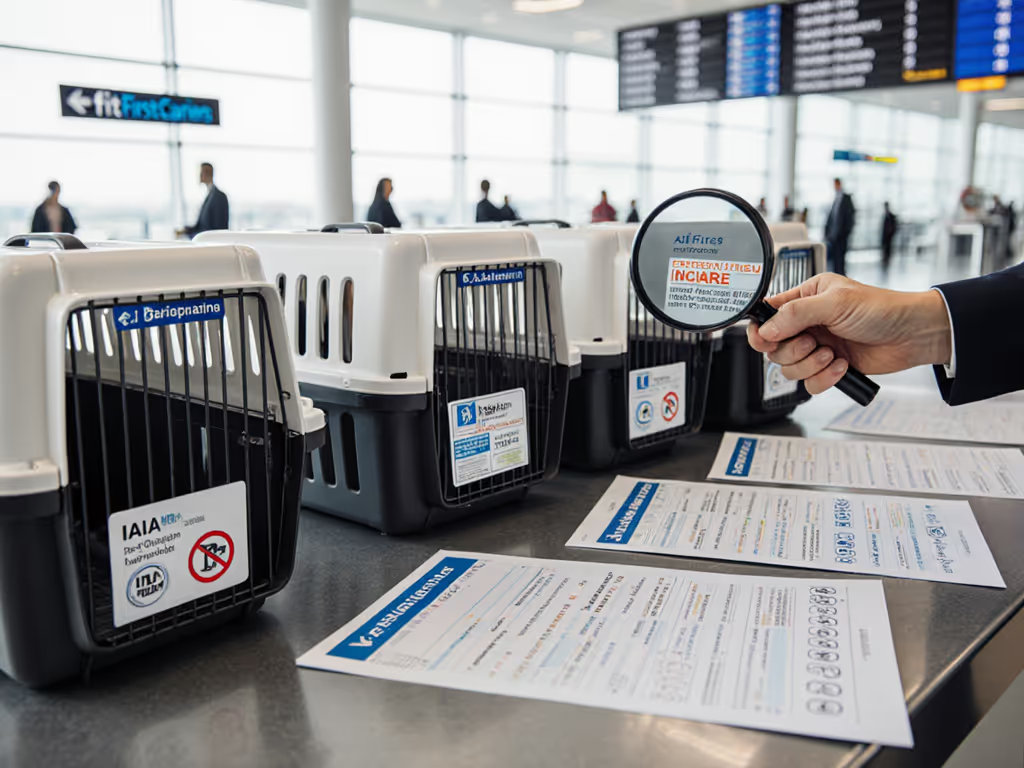
Pet Carrier Certifications Verified: Airline Safety Labels Decoded
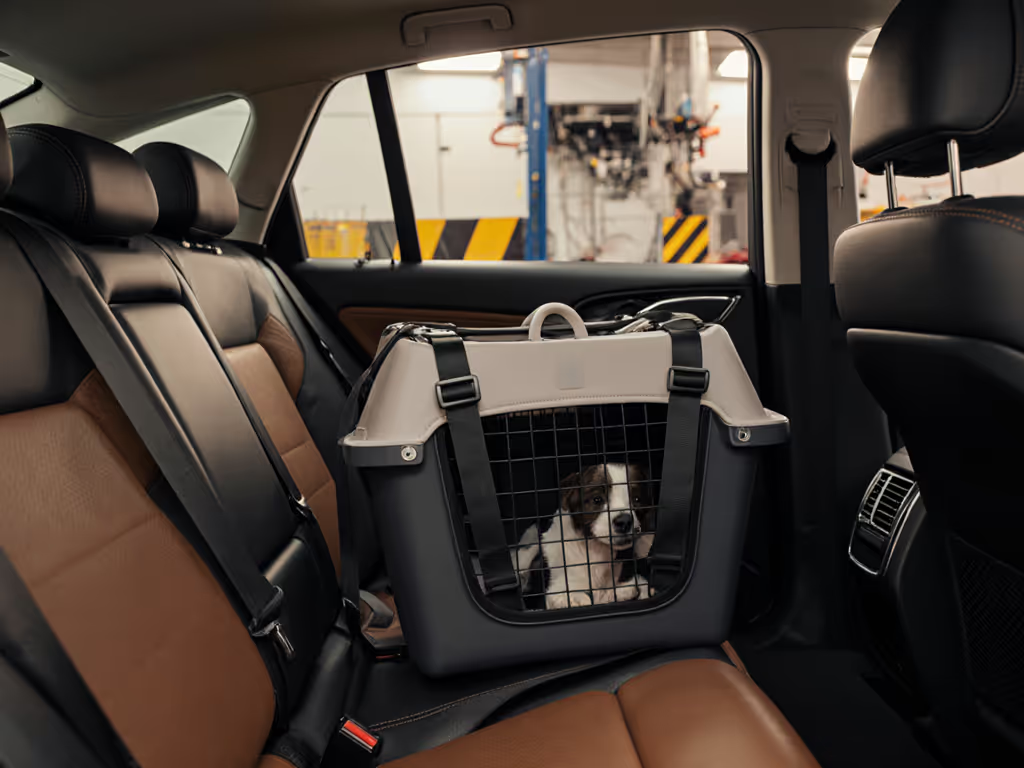
Car Crash-Tested Pet Carriers: Your Safety Checklist
